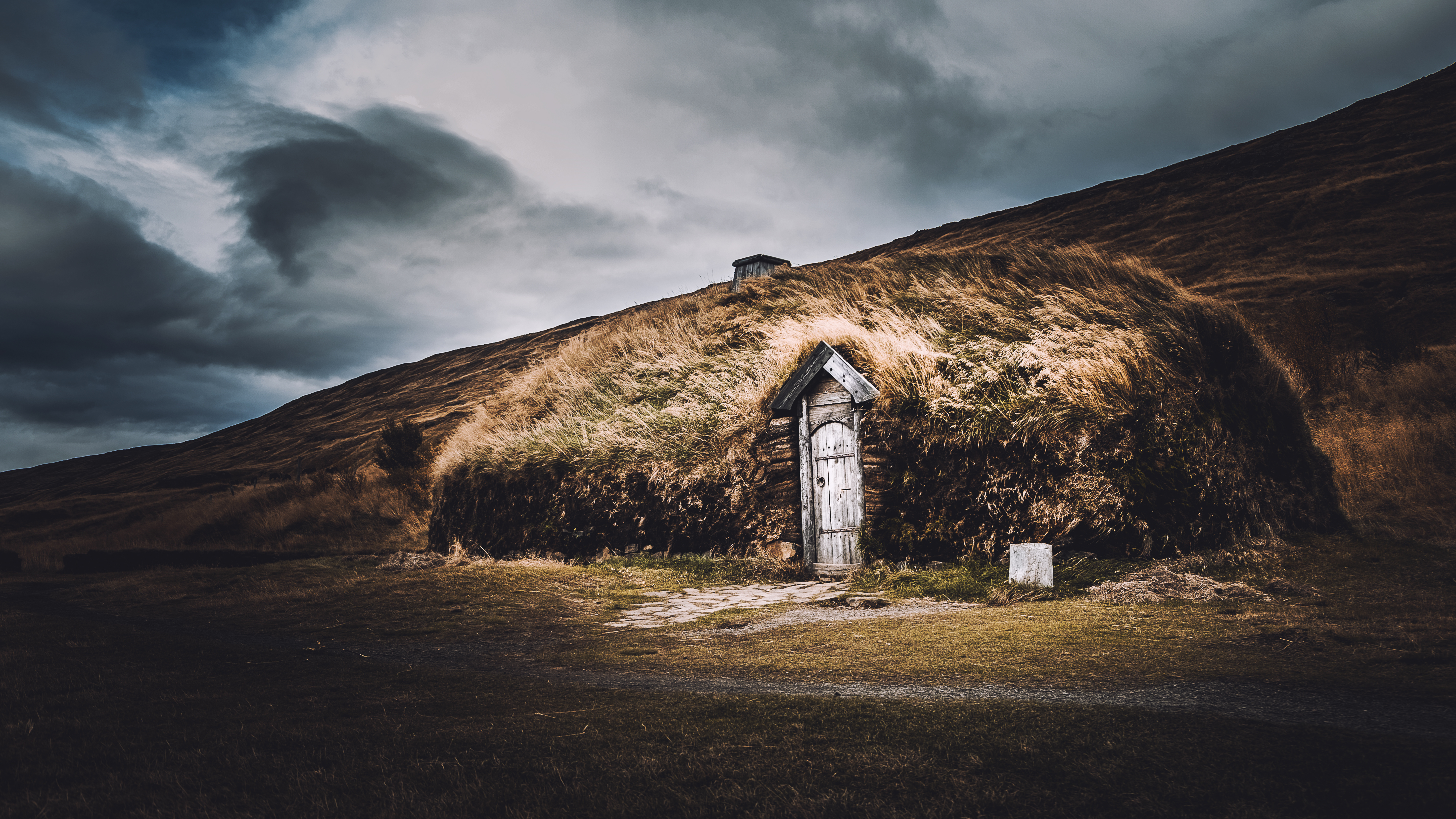
This series of posts describes fun things I learned while reading A Dark History: Vikings, by Martin Dougherty. You might find it on the discount shelf at Barnes & Noble.
Text points out the rest of the story behind the incident when King Knut the Great sat on the ocean shore commanding the tide not to come in.
After his command failed, he turned to his nobles and pointed out that the power of a king is nothing compared to the power of the Christian God.
That sort of changes the point of the story, doesn’t it?
Social order
Chapter 3 goes into some depth on “Viking law and social order.” There were well-developed laws which provided property protection. That in turn allowed the society to prosper.
Text points out there was no police force to enforce laws. Instead those who violated social norms would have to deal with armed men enforcing what society disapproved.
The local and regional assemblies, called Things, would decide what was the just outcome of a dispute. Everyone was expected to honor the decisions at the Thing.
Enforcing the decision? You had to do that yourself.

Classes of people
The book says there was substantial social mobility amongst the Vikings.
The top of the three classes were called Jarls. These are the leaders or rulers. As they gained control over a larger area some of them would become kings.
Jarls not only needed to have plenty of money and property, but more importantly needed to have respect of those aligned with them.
In the middle of the classes were the Karls. These would be free men who owned property or had particular skills.
I’ll guess farmers were the bulk of this class. Merchants, carpenters, ship builders, and blacksmiths would be in this class.
At the lower end of the Karl class would be farm hands or fishermen. Still Karls, but at a lower level of social standing.
At the bottom of the class would be vagrants, who didn’t have full protection of the law, and outlaws, who had to flee due to their breaking the law.
The bottom class was Thralls.
Slaves would typically have been captured in a raid. Bondsmen, people who could not pay their debts and had to work for their creditors to liquidate their bills, were also in the Thrall class.
Interestingly, slaves could earn their own money and were allowed to defend their family. They might be able to accumulate enough funds to buy their freedom.
Farmsteads would usually consist of several related families. An extended family was needed to survive. Text suggests widows or widowers would remarry quickly since one person could not do all the work needed to merely survive.
Part 1 of this series.